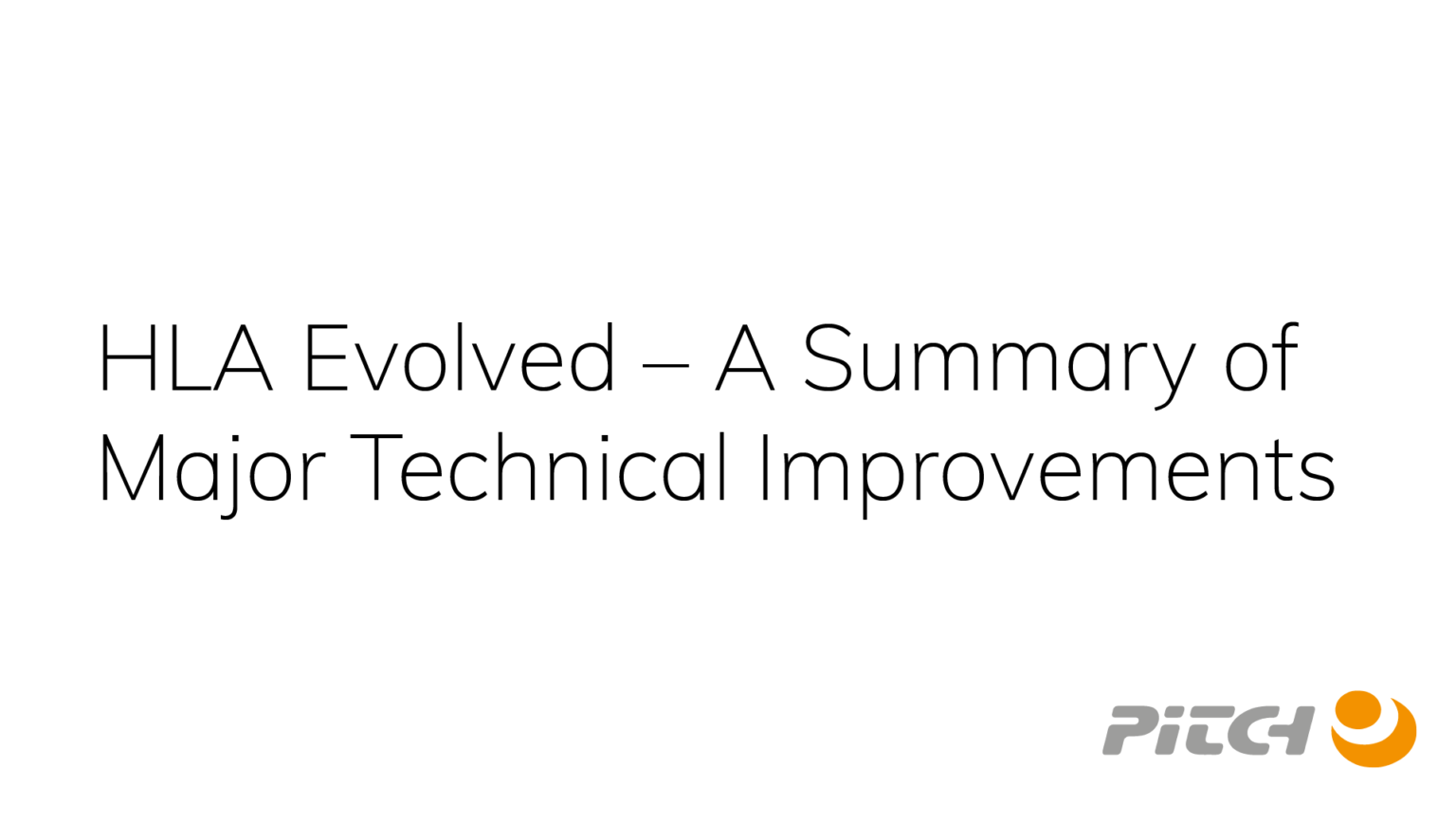ABSTRACT: “HLA Evolved” is the code name for the new version of the High Level Architecture that is expected to be completed in late 2008. This version gives developers and users of distributed simulation a large number of new development, deployment and net centric capabilities. While the new HLA version contains hundreds of updates, this paper focuses on the major technical improvements. Some comments on migration are also given. This paper looks at the following topics:
- Modular federation object models (FOMs) and simulation object models (SOMs) make it possible to maintain HLA object models in a more flexible and scalable way, to separate local extensions from standardized models, to support partial federation agreements and even to gradually extend the object model of longrunning federations.
- Web Services support through the new Web Services Description Language application program interface (WSDL API) gives users of Web Services communication frameworks access to the full HLA functionality over wide area networks while providing features like authentication and encryption. It also provides support for a
large number of programming languages. - Fault tolerance support gives federations a well-defined semantics for handling unreliable or crashing federates and network links that go down.
- Smart update rate reduction makes it possible to subscribe to the same information with higher or lower update rates. This gives the ability to focus on certain entities or to reduce network traffic on wide area
networks. - Dynamic link compatibility makes it easier to switch between different runtime infrastructure (RTI) implementations without modifying, recompiling or re-linking federate code.
- Some discussion is also provided on other improvements such as flexible transportation types, standardized time representations, enumeration of federations, encoding helpers and Object Model Template (OMT) XML aspects.
Most of the above updates are simply extensions to the existing IEEE 1516 functionality. The effort to migrate a
federate mainly consists of migrating to the updated API and data types. However, to really take advantage of some
new features, for example fault tolerance, some new behavior will need to be added to the federate code
Authors: Björn Möller, Katherine L Morse, Mike Lightner, Reed Little, Robert Lutz
Publication: Proceedings of 2008 Spring Simulation Interoperability Workshop, 08F-SIW-064, Simulation Interoperability Standards Organization, September 2008

